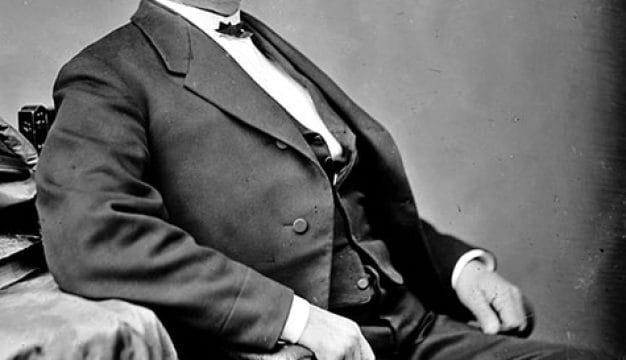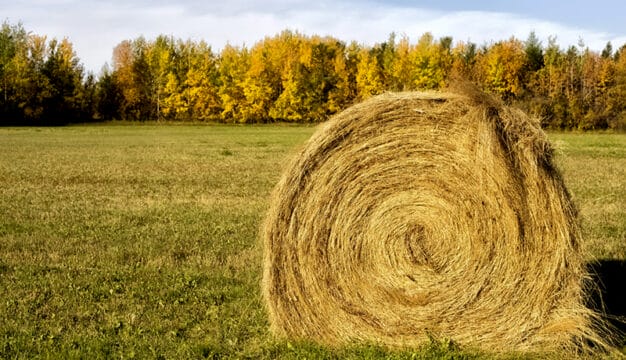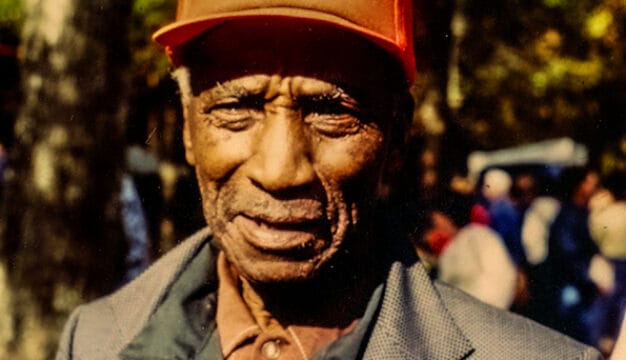Alabama Beach Mouse
The Alabama beach mouse (Peromyscus polionotus ammobates) is a small rodent of a subspecies of the oldfield mouse known as Peromyscus polionotus. This group of oldfield mice consists of a total of eight subspecies, which includes the Perdido Key beach mouse, found throughout the dune areas of Alabama and Florida. The Alabama beach mouse was first discovered in 1968 in its historic range extending from the Fort Morgan Peninsula into Baldwin County in Alabama but is now considered an endangered species by the federal government. The genus name translates from the Greek and Latin as “pointed mouse,” the species name as “gray eared,” and the subspecies name as “sand walker.”
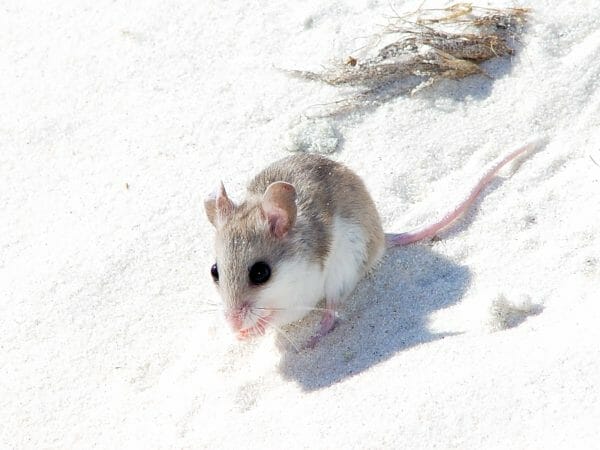 Alabama Beach Mouse
Peromyscus polionotus ammobates was described as a species in 1968 by Wilfred Wedgwood Bowen, an ornithologist and zoologist. He discovered differences in inherited color traits within species of beach mice and used these to differentiate between subspecies. Alabama beach mice can be distinguished from other beach mice because of their grayish pigmentation, lack of nose-stripe pigmentation, thinner pigmentation on their backs, and fewer black-tipped hairs than other related beach mice subspecies. They are rather pale in color with slight brown and gray coloration on their backs in order to help them blend in with the sand.
Alabama Beach Mouse
Peromyscus polionotus ammobates was described as a species in 1968 by Wilfred Wedgwood Bowen, an ornithologist and zoologist. He discovered differences in inherited color traits within species of beach mice and used these to differentiate between subspecies. Alabama beach mice can be distinguished from other beach mice because of their grayish pigmentation, lack of nose-stripe pigmentation, thinner pigmentation on their backs, and fewer black-tipped hairs than other related beach mice subspecies. They are rather pale in color with slight brown and gray coloration on their backs in order to help them blend in with the sand.
Alabama beach mice weigh around 0.4 ounces (~12.5 grams) and are approximately 4.5 to 5.5 inches (~11.4 to 14 centimeters) in length. The average lifespan for Alabama beach mice is four months, with very few living longer than a year. Beach mice have only one mate at a time. The Alabama beach mouse can reproduce at any point in the year, but reproduction is much greater in the winter months. Female beach mice are often larger than the males, and when females are pregnant, they can weigh up to 7 ounces (~20 grams). Beach mice have about three or four pups in each litter. They are capable of producing two litters of pups per year.
Alabama beach mice are like other species of beach mice for their construction of burrows in the sand dunes that have an opening of 1-2 inches (~2.5-5.0 centimeters). These burrows are used when the mice rest in the daytime and when they are not foraging for food or caring for their newly born pups. Beach mice are nocturnal, meaning they are active during the night and forage when it is dark to avoid predation by larger animals.
The general habitat of the Alabama beach mouse consists of coastal forest regions, sand dunes, and vegetative areas in the United States along the coastline of the Gulf of Mexico. More specifically, Alabama beach mice can be found within Baldwin County in Romar Beach, Pine Beach, Gulf Highlands, Gulf State Park, and Fort Morgan. Their average home range is about 5,000 square meters. This subspecies of beach mouse has a diet that mainly consists of sea oat seeds located on the dunes in which they burrow. Additionally, they consume insects, scrub acorns, and even some spider species.
The Alabama beach mouse is economically important in the state because of its ability to gather and disperse seeds. This behavior serves to help plants in the dunes grow, thereby building up and forming sand dunes that provide habitat for beach mice as well as many other organisms. Alabama beach mice rely on the presence of dunes equally as much as the dunes rely on seed dispersal from the mice. Sand dunes protect beach mice from harsh conditions of the environment and act as a barrier to wave action. This is especially important for protection against the destructive forces of hurricanes, which hit the Fort Morgan area of Alabama often.
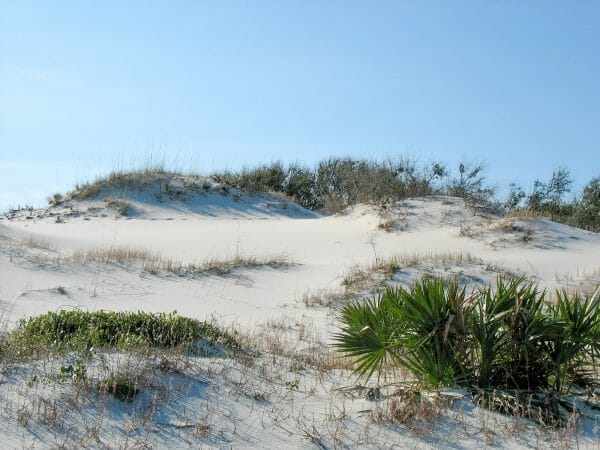 Alabama Beach Mouse Habitat
Alabama beach mice face many potential threats and are very sensitive to the habitat changes they are currently facing. Coastal habitat destruction and fragmentation caused by humans has become the most prominent threat to the Alabama beach mouse. Human-caused disturbances to dune systems, such as development of homes and commercial use of beaches has reduced the amount of suitable habitat. Only around 40 percent of Alabama beach mouse habitat in these areas remains. Moreover, natural disasters such as hurricanes are a large threat to coastal environments. Each large storm further fragments and shrinks Alabama beach mouse habitat and makes them subject to easier predation. They are often preyed upon by a variety of larger animals, including foxes, snakes, cats, and owls. Other predators of Alabama beach mice include the great blue heron, coyote, racoon, striped skunk, and weasel. Often, there is competition between Alabama beach mice and other species of mice that may live in nearby regions, as resources and suitable burrowing habitat become scarcer.
Alabama Beach Mouse Habitat
Alabama beach mice face many potential threats and are very sensitive to the habitat changes they are currently facing. Coastal habitat destruction and fragmentation caused by humans has become the most prominent threat to the Alabama beach mouse. Human-caused disturbances to dune systems, such as development of homes and commercial use of beaches has reduced the amount of suitable habitat. Only around 40 percent of Alabama beach mouse habitat in these areas remains. Moreover, natural disasters such as hurricanes are a large threat to coastal environments. Each large storm further fragments and shrinks Alabama beach mouse habitat and makes them subject to easier predation. They are often preyed upon by a variety of larger animals, including foxes, snakes, cats, and owls. Other predators of Alabama beach mice include the great blue heron, coyote, racoon, striped skunk, and weasel. Often, there is competition between Alabama beach mice and other species of mice that may live in nearby regions, as resources and suitable burrowing habitat become scarcer.
Alabama beach mice are federally protected under the Endangered Species Act owing to the many extinction threats the species is facing today. This beach mouse was first listed as endangered in 1985 by the U.S. Fish and Wildlife Service. In response to the threats facing the species, federal and state agencies have created wildlife reserves such as the Gulf State Park and the Bon Secour Wildlife Refuge to protect regions of coastal habitat. Protections for future populations of Alabama beach mice include the protection of beach plants, which support the dune ecosystem. Both Gulf State Park and regions of the Fort Morgan Peninsula host protected dune areas. Additional efforts have been made to extend these protected areas deeper into the sand dunes and areas of vegetation to provide ample habitat in the event that mice must take refuge from further destruction.
Further Reading
- Cronin, James Patrick, et al. “Strategic Habitat Conservation for Beach Mice: Estimating Management Scenario Efficiencies.” Journal of Wildlife Management 85 (December 2020): 324-339.
- Falcy, Matthew R. and Brent J. Danielson. “Assessment of competitive release of endangered beach mouse (Peromyscus polionotus ammobates).” Journal of Mammalogy 94 (June 2013): 584-590.
- Swilling, William R., Michael C. Wooten, Nicholas R. Holler, and William J. Lynn. “Population dynamics of Alabama beach mice (Peromyscus polionotus ammobates) following Hurricane Opal.” American Midland Naturalist 140 (October 1998): 287-298.
